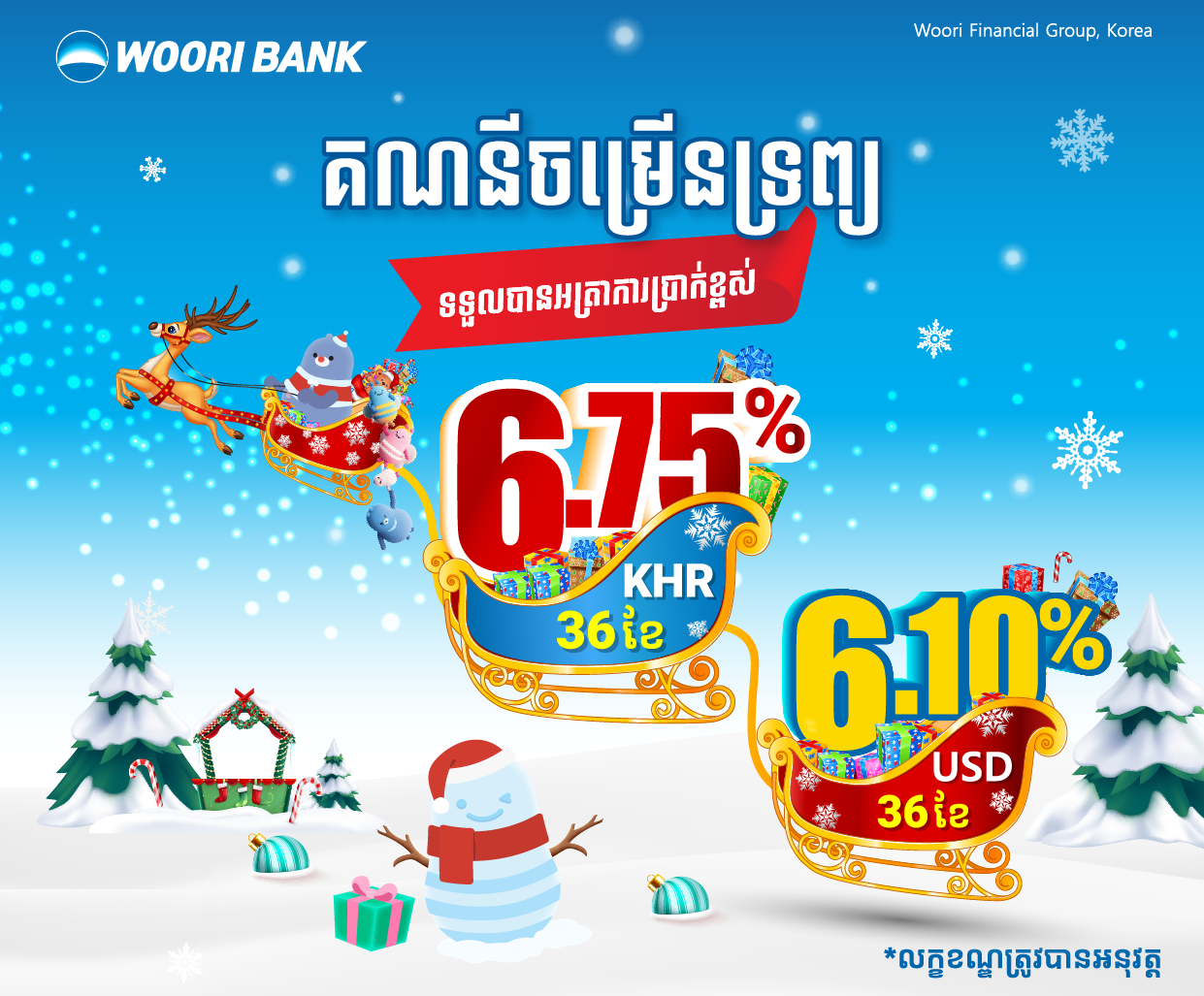
A bottle of champagne which has a label containing a QR code to guarantee its traceability in Epernay, France. FRANCOIS NASCIMBENI/afp
Champagne is now connected – thanks to tracking technology, champagne houses now have tools to better guard against fraud while gaining a new channel to interact with their customers.
Using a combination of unique QR codes and radio-frequency identification (RFID) emitters integrated into the label or the bottleneck foil, each bottle of bubbly can now be tracked to help battle counterfeiting of the luxury product.
“In 2016, we didn’t print any connected labels. In 2019 we’ll be at one million! The market has doubled each year,” said Arnold Deregnaucourt, head of Billet, a company which has specialised in printing labels for champagne bottles for more than a century.
While a number of firms like Adents, Antares Vision and Tesa Scribos offer food and beverage makers a way to track their goods, Billet hopes that its long history working with the champagne industry will give it an advantage in adapting the technology to its practices.
Laurent Berns, founder of TraceAWine, a technology startup that has acquired Billet, said QR codes are sufficient for smaller champagne houses, but for those with production lines that handle more than 12,000 bottles per hour the RFID emitters are added to speed up the process as they allow for scanning bottles inside boxes.
With a QR code and RFID emitter on each bottle carrying a unique code, which is linked to a unique internet address, one can track the journey each bottle makes from the champagne house to your house. Or not.
“We can detect anomalies like, for example, a bottle which is scanned in Britain but then ends up in Russia,” said Berns. “Our system will alert the client.”
Champagne houses, like other makers of luxury products, don’t only worry about outright counterfeiting, but controlling their supply chains to ensure prices aren’t undercut in parallel or grey markets.
Foiling counterfeiters
This is something that the owner of the Pierre Peters champagne house, located in the heart of the prestigious Cote de Blancs region, knows about all too well.
“Our champagnes are sold to importers, restaurants, wine shops,” said Rodolphe Peters, who is also cellar master at the house founded in 1854.
“We don’t sell to individuals any more except for a few long-time clients, but several were profiting by selling bottles for two or three times higher.”
The connected labels helped him track down those who were reselling their bottles in the US, putting pressure on the prices he charged there.
The SGV trade association of growers and winemakers in Champagne wants to go further.

Arnold Deregnaucourt, CEO of the Billet printing company in Damery, eastern France, shows QR code and various champagne’s labels. afp
After six years of research and development, it began offering in 2017 a capsule integrating a QR code that not only tracks the bottle, but acts as a guarantee of the authenticity of the champagne inside.
A capsule is what winemakers call the protective wrapping or coating at the top of the bottle, which was originally developed to protect corks from rodents and weevils.
While other wine and alcohol makers have used QR codes and RFID emitters, the SVG believes that champagne makers are the first to use them in the capsules.
“What is new, and which isn’t easy to accomplish, is the integration of the technology in the capsules which are made of complex materials and are manufactured with heat,” said Catherine Chamourin, head of projects at SGV.
“We chose to put the codes on the capsules rather than the labels or the bottle as the capsules are destroyed when opening the bottle and can’t be reused,” she added.
‘A real revolution’
This makes them much like the excise tax labels that some countries affix onto the top of alcohol bottles, which makes it impossible for them to be used again, and provides an indication that the product is genuine and hasn’t been tampered with.
French wine and champagne bottles sold domestically already carry an excise tax label on the capsule, which consumers appreciate as it contains information whether the winery uses its own grapes or buys them from others.
Eric Lamaille, who heads up the capsule project at SGV, said winemakers are very enthusiastic about the capsules with integrated QR codes and several million have already been sold.
He called it “a real revolution”.
The revolution is the not just in the tracking, but in connecting producers and consumers.
While both appreciate that the information about the product’s journey ensures it is genuine, when the customer scans the QR code on their smartphone it is an opportunity for both to learn more about the other.
Reims-based champagne house Krug has been doing this with its ID bottles for the past six years. A code on the back label is the key to a treasure chest of information.
“The history of the house and the bottle, the composition of the champagne, the land parcels used, how long it spent in the cellar, serving suggestions and food pairing tips and even advice on what music to listen to,” said the house’s director, Olivier Krug.
“Digital even allows our connoisseurs to meet,” he added.
With luxury brands eager to bolster the experience around their products, learning who their customers are and drawing them into their websites is an important development that will have marketing managers lifting their glasses in celebration.















